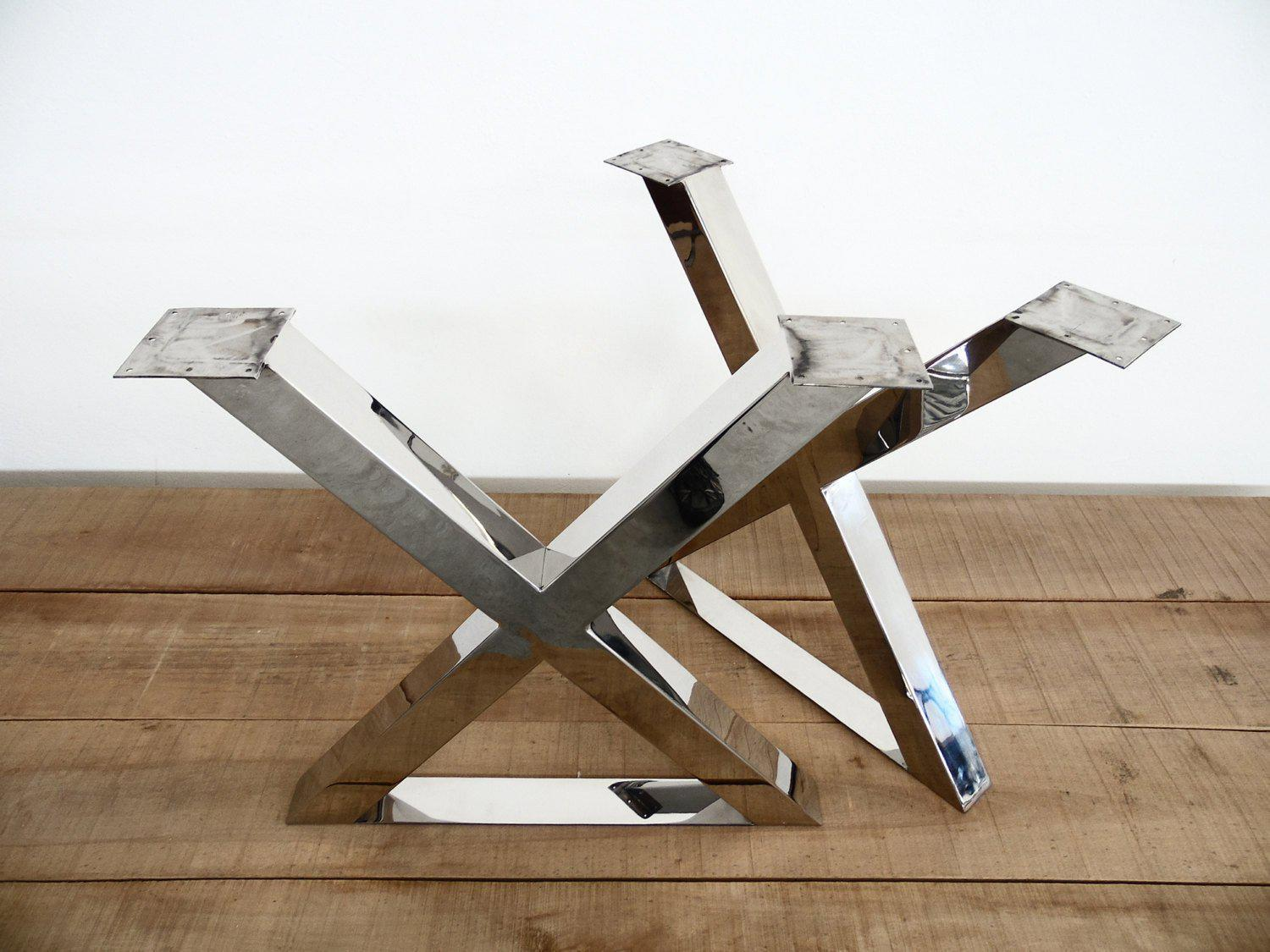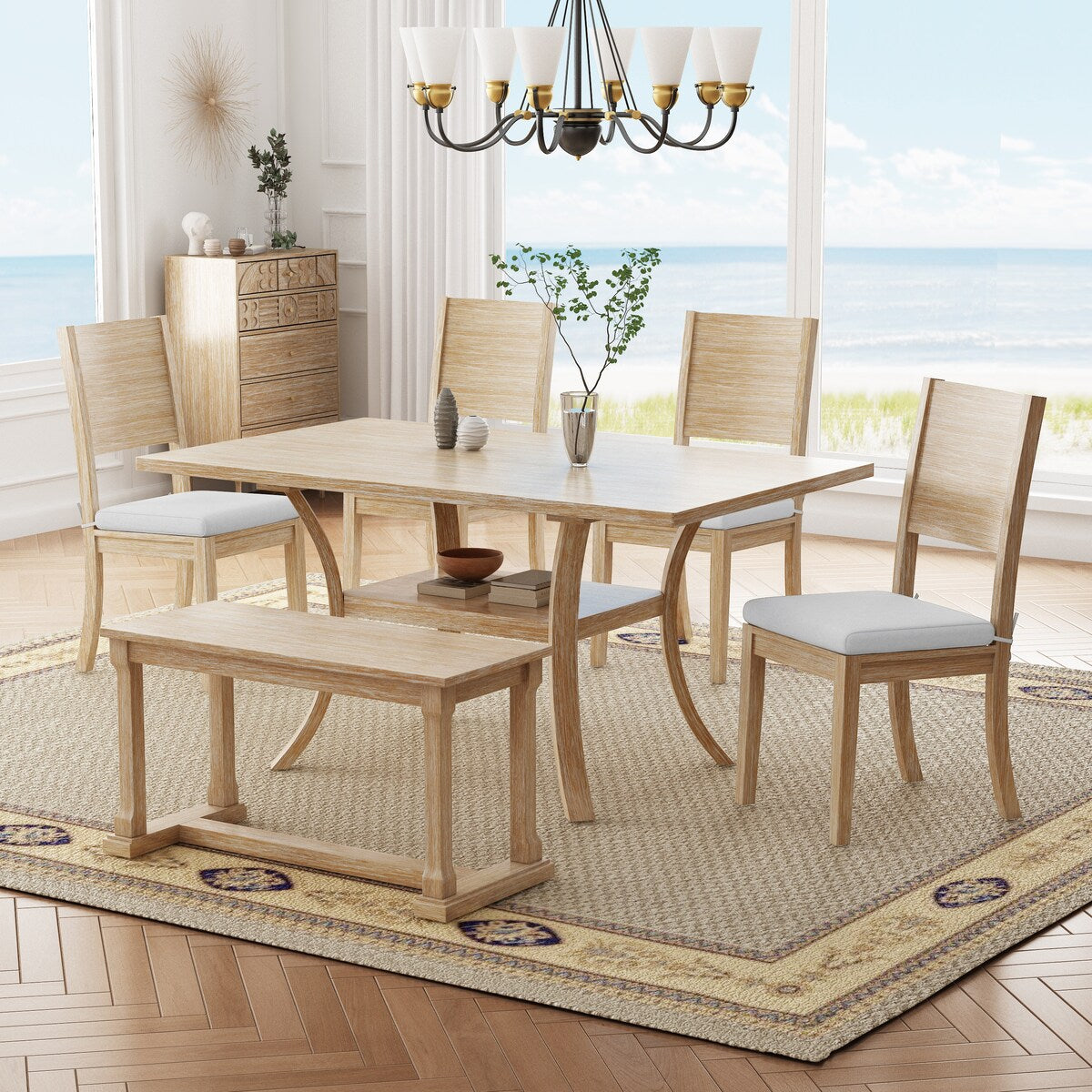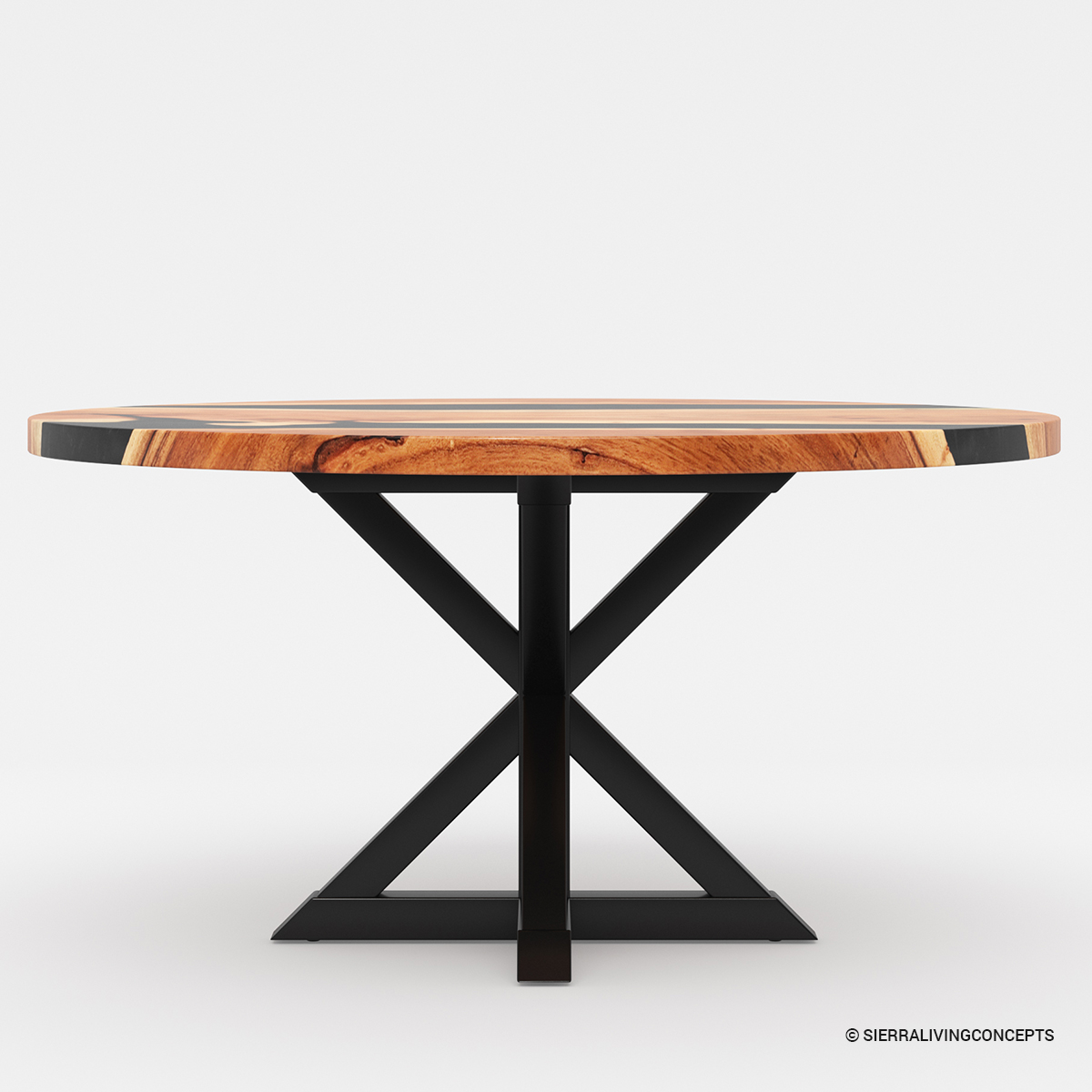Simple Steps to Replacing Old Dining Room Table Legs with New Ones
Simple Steps to Replacing Old Dining Room Table Legs with New Ones
Blog Article
Just How to Select the Perfect Dining-room Table Legs for Your Home Decor
Selecting the suitable dining-room table legs is a nuanced process that needs cautious factor to consider of different aspects, including your space constraints, aesthetic choices, and practical needs. The interaction between styles, dimensions, and materials can significantly influence the ambiance of your dining area, making it necessary to approach this decision systematically. As you consider the myriad choices offered, it ends up being clear that the ideal option expands past mere appearance; it can improve your total dining experience. What elements should you focus on to ensure your option complements your home's distinct personality?
Assess Your Eating Space
Evaluating your dining room is vital for selecting the right table legs that enhance both aesthetics and capability. Begin by measuring the measurements of your dining area, consisting of ceiling height, flooring space, and distance to other furnishings. This information will certainly help figure out the suitable dimension and height of your table, which directly affects the choice of table legs.
Following, consider the style and format of your eating space. For instance, an open-concept design may gain from table legs that offer visual agility, such as slim metal or acrylic options. Alternatively, an extra traditional setting may ask for strong wooden legs that give a feeling of permanence.
Review the existing color palette and materials in your dining location. Integrating the table legs with these elements produces a natural appearance that boosts the total design.
Eventually, a thorough evaluation of your eating area will lead you in making an informed decision, making certain that your table legs not only improve the aesthetic appeal but also serve useful functions.
Consider Your Design Preferences
When choosing dining-room table legs, it is necessary to review your individual style preferences, as they considerably influence the total visual of your eating room. Your selection of table legs can either complement or comparison with existing decor, making it vital to align them with your recommended indoor style motif.
If your home leans in the direction of a contemporary aesthetic, take into consideration smooth metal or minimal wood legs that offer a clean, uncluttered appearance. For a more typical strategy, ornate wooden legs with complex carvings can add a touch of style and class. Industrial styles gain from robust, basic materials such as reclaimed timber and metal mixes, reflecting a tough charm.
In addition, farmhouse and rustic styles often prefer durable, beefy legs that stimulate a feeling of heat and comfort. Alternatively, if your decoration is diverse, you might pick unusual shapes or a mix of products to develop aesthetic interest.

Evaluate Product Options
The choice of material for dining area table legs plays a pivotal role in both toughness and visual allure. Common materials include wood, metal, and composite choices, each offering unique attributes that can affect the general appearance and long life of your table.
Timber is a classic choice, known for its warmth and flexibility. Hardwoods like oak and walnut offer outstanding strength and can be finished in different spots to match any type of decoration. Nevertheless, softwoods like want are a lot more susceptible to dents and scratches, making them much less ideal for high-traffic areas.
Metal legs, typically crafted from steel or aluminum, exhibit modernity and industrial beauty. They are extremely resilient and resistant to put on, making them ideal for families with children or constant gatherings more information (dining room table legs). In addition, steel can be finished in numerous shades, boosting the personalization opportunities
Composite materials, such as MDF or laminate, deal affordability and varied styles. While usually less sturdy than solid timber or steel, they can still offer a stylish look and are commonly easy to keep.
Eventually, the material you select should straighten with your way of life, visual preferences, and the degree of use your table will experience.
Determine Elevation and Size
Picking the suitable elevation and size for your dining-room table is crucial for both performance and convenience. The conventional elevation for dining tables commonly ranges from 28 to 30 inches, permitting sufficient legroom for most people when seated. It is essential to think about the measurements of your eating area and the kinds of chairs you intend to use.

In addition, consider the proportions of your dining-room. A their website larger table in a roomy area can produce a grand atmosphere, while a smaller sized table functions well in even more intimate settings. Eventually, the ideal elevation and dimension will balance with your general decoration and improve the eating experience for you and your visitors.
Explore Modification Opportunities

Additionally, the layout of the legs can be tailored to fit various designs, such as rustic, contemporary, or commercial. For example, conical legs can evoke a mid-century modern feeling, while chunky, block-style legs might resonate with traditional or farmhouse style.
House owners can also discover color coatings, from natural timber stains to repaint, enabling them to match or comparison with the tabletop and bordering decoration.
Moreover, leg height can be gotten used to accommodate details seating arrangements or individual preferences, improving both convenience and performance.
Last but not least, distinct decorations, such as carvings or ornamental braces, can even more individualize the table legs, making the dining experience not just a declaration but a meal item in the home. By considering these personalization alternatives, homeowners can produce a dining-room table that absolutely reflects their uniqueness.
Final Thought
Picking the perfect dining-room table legs requires careful consideration of numerous factors, including the dimensions of the eating room, design choices, material resilience, and preferred elevation. Modification options even more improve the capability to accomplish a natural visual that enhances the total decor. By systematically assessing these aspects, house owners can make sure that the picked table legs not just accomplish useful needs yet additionally add favorably to the eating experience and setting of the home.
Choosing the suitable eating space table legs is a nuanced procedure that needs cautious factor to consider of different aspects, including your area restraints, visual preferences, and functional needs.Evaluating your dining space is important for choosing the right table legs that complement both aesthetic appeals and performance.When establishing dimension, gauge the location where the table will be placed to guarantee it fits pleasantly, permitting for at least 36 inches of clearance around the table for easy movement. A bigger table in a large area can develop a grand setting, while a smaller table works well in even more intimate settings.Selecting the ideal eating space table legs needs careful factor to consider of different factors, consisting of the dimensions of the eating room, style choices, material resilience, and wanted height.
Report this page